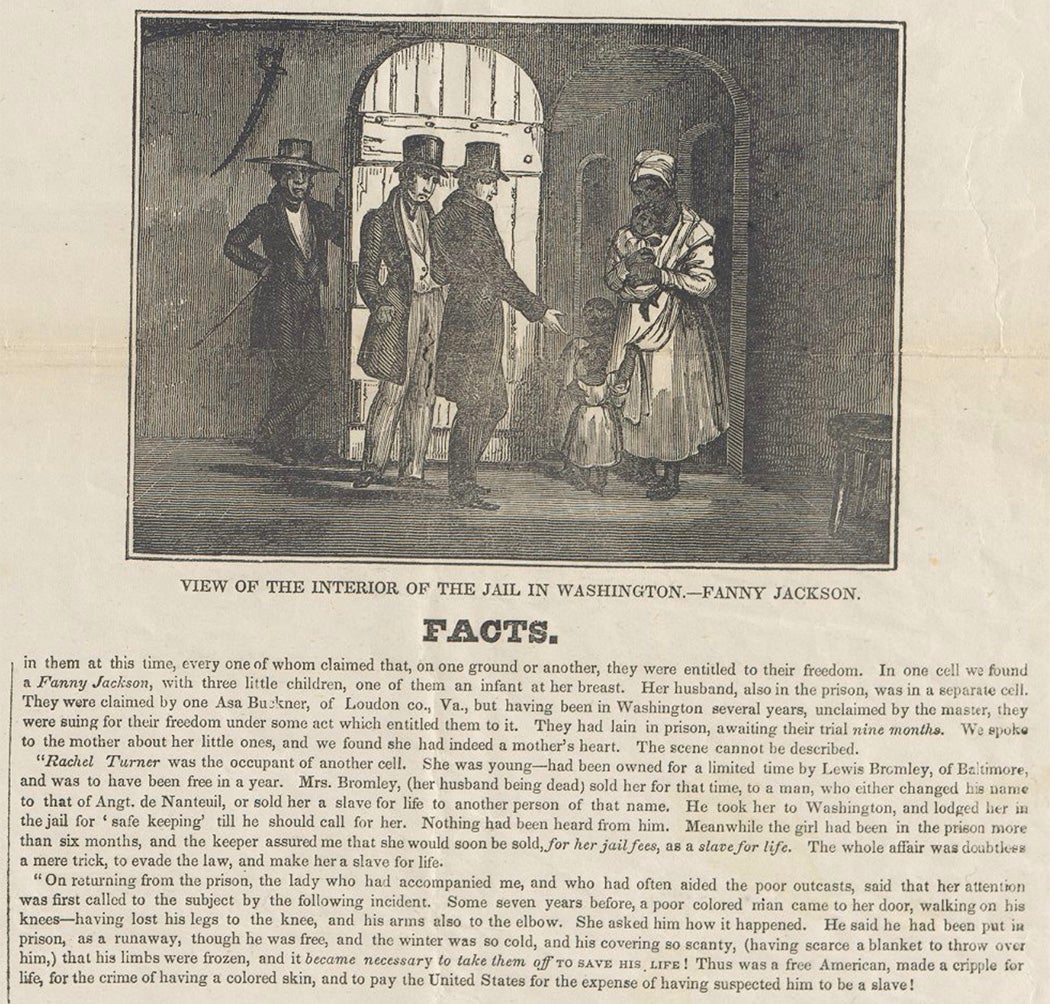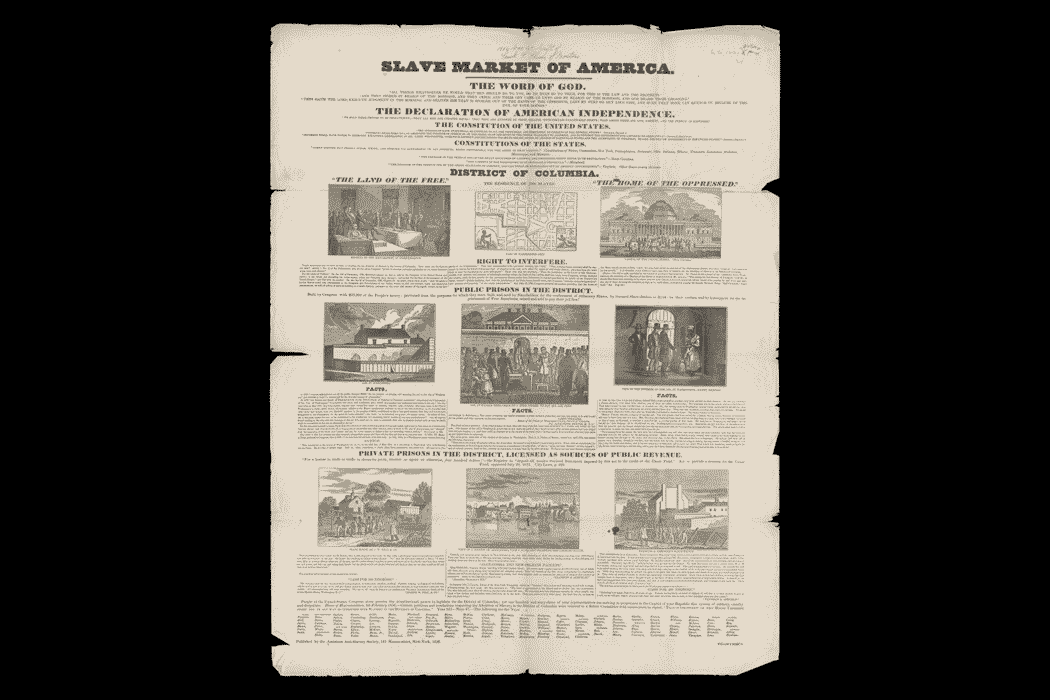For many researchers, visiting an archive is something of an adventure. People with means, both personal and institutional, will fly across the country and sometimes around the world to access a rare book or manuscript that could hold the key to their research. The condition of these spaces vary, from stately rooms with neoclassical decorations and oil paintings of deceased aristocrats on the walls, to community centers with sofas and overflowing boxes, to sterile government records rooms with materials dating back centuries, through wars and revolutions. There are distinct opportunities and advantages to taking an in-person research trip, and so for many people, digital access to collections can feel like a better-than-nothing option. This might have been true when the only scans available were black-and-white copies of microfilms (a copy of a copy), but these days digital access can enhance research in a way an in-person visit can’t match.
Today, most newly digitized materials at a university like Harvard are photographed at an incredibly high resolution and made available through a delivery standard that opens up a world of research possibility. The International Image Interoperability Framework, usually shortened to IIIF (“triple-eye-eff”), is a set of specifications that allow for the delivery of images on the web with a variety of enhanced options, including deep zoom, the ability to compare multiple digitized objects in one viewer, and annotation. Deep zoom allows a researcher to access materials in a transformative manner. While you most likely can use a magnifying glass when looking at an object in a special collections reading room, you probably won’t have the ability to increase the view 300% and view on a 20-inch screen!
Deep zoom is especially powerful when looking at works of art, like the 1836 broadside “Slave Market of America,” published by the American Anti-Slavery Society. This single 77 by 55 centimeter sheet tells multiple stories in both text and illustration. The level of detail in the illustrations and many of the font sizes are difficult to read in a regular photograph and even difficult to take in all together in person. With an IIIF viewer like Mirador, the viewer used by Harvard Libraries, you can zoom into each illustration and see the variety of ways the American Anti-Slavery Society campaigned against one of the most controversial issues of its era—the completely legal slave trade in the nation’s capitol, Washington, DC.
The debate around slavery was incredibly heated in Washington, where social and political leaders ranged from radical abolitionists to entrenched supporters of the slave-based economy. John Davis describes a city papered with petitions, posters, and pamphlets advocating an end to what was perceived as the most extreme hypocrisy: the capitol of a freedom-loving nation, where prisons holding enslaved Black people could be seen directly from Congress. Anti-slavery politicians railed against these “slave pens,” as they were known, but Southern politicians turned a blind eye. One reported, “I have heard, to be sure, that there are some pens…where slaves are confined, but I have never gone there to see who was in or out of them.” Senator Jefferson Davis, who would later become the president of the Confederate States of America, argued that the dank and dirty holding cells were more “rather a boarding house in its aspect than a prison.”
Weekly Newsletter
The “Slave Market of America” argued against that willful ignorance in what Therese A. Goddu describes as “anti-slavery’s panoramic views.” She describes a design style favored by abolitionist organizers as coming in two forms:
…the individual view of slavery, which often located particular scenes of slavery within a broader panoramic landscape, and composite views, which assembled a variety of pictures on a single sheet to produce a serialized story of slavery, much like the moving panorama that integrated single scenes into a continuous format.
“Slave Market of America” is clearly the later form, with images ranging from the reading of the Declaration of Independence at the top of the page to illustrations of prisons for enslaved Black people a half century later. Using deep zoom, the researcher can enlarge an image on the middle right of the page to see the tragic story of Fanny Jackson.

While she may look, and is presented by the illustrators, like a completely helpless figure, Jackson was imprisoned while in the course of suing for her and her family’s freedom, as William G. Thomas III explains in “Suing for Freedom in Washington.” Fanny was imprisoned as a “runaway” along with her three children, Louisa, Robert, and Maria, but that was a ploy to sell them further south before their freedom suit could remove them completely from the system. Abolitionist leader Amos Phelps visited the pen where the Jackson family was held and transmitted her story to the American Anti-Slavery Society, leading to their immortalization on this broadside. What isn’t covered in the broadside is that the Jacksons comprised only one of the hundreds of families who filed more than 500 freedom suits in the Nation’s capital. Thomas describes the legal planning Black families committed to:
A single freedom suit, like Fanny Jackson’s, might crystalize the collective effort of an entire family across two, three, and even four generations. Black families planned lawsuits and fathered testimony, handing down these accumulating resources over the years. Often it was a slaveholder’s action in preparing to sell people or break up families that triggered a family’s formal legal action.
Thomas details the legal strategies pursued by both the Jackson family, who filed five freedom suits covering eight family members, and their enslavers, Ariss and Bernard H. Buckner. The Buckners, perhaps realizing the soundness of the Jacksons’ legal arguments, asked that the trial be moved to Alexandria, Virginia—a place they could be assured of a jury sympathetic to the rights of White slave-trading men. It took more than two years for the Jackson family to finally get their day in court, where their pleas were denied. It’s not known what happened to the Jacksons after their suits were denied. With this illustration, however, papered across the city in 1836 and preserved in archives physically and digitally almost two centuries later, Fanny’s role as a wife and mother who actively pursued her family’s freedom has become emblematic of the various ways Black people have played conscious roles in seeking liberation for themselves and those they love.
Support JSTOR Daily! Join our new membership program on Patreon today.







